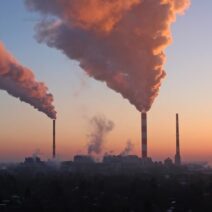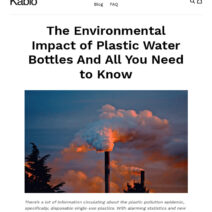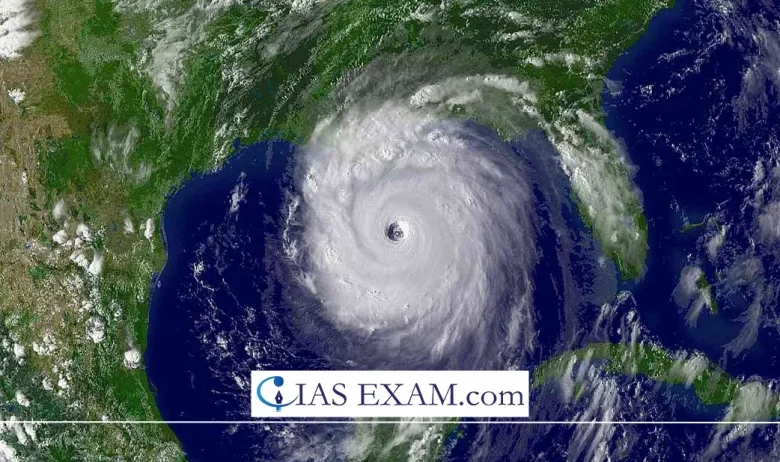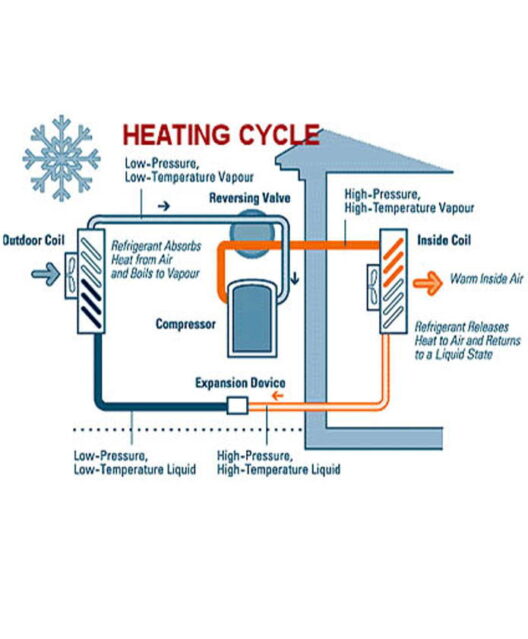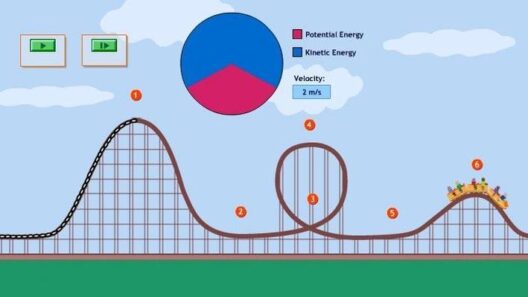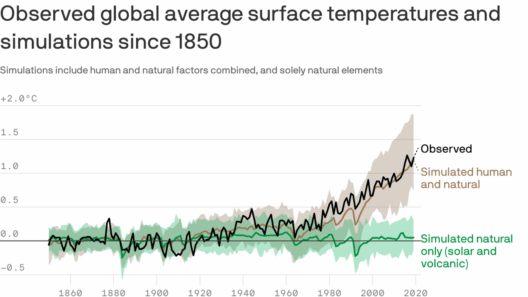The phenomenon of hurricanes evokes a potent mix of awe and dread. As nature’s most formidable storms, they have the capacity to wreak devastation on communities and ecosystems alike. Recent studies reveal an alarming trend: the ascendance of hurricanes in intensity and frequency is no mere coincidence. It emerges as a tangible consequence of climate change, revealing an unsettling truth about the world’s changing climate. As global temperatures rise, oceans warm, and humans grapple with the consequences, understanding the intricate relationship between global warming and tropical cyclones becomes imperative.
To dissect this relationship, one must first grasp the mechanics of how hurricanes form. These storms typically arise over warm ocean waters, often in tropical regions. As sunlight heats the ocean’s surface, water evaporates, creating humid air masses. When conditions are right, these humid air masses begin to rise, cooling and condensing to form clouds. The release of latent heat during condensation fuels the storm further. This process continues until the storm becomes well-organized, characterized by a swirling pattern of winds and a low-pressure center known as the eye. What many may not realize is that as the planet continues to warm, this process becomes increasingly pronounced.
Over the last three decades, the scientific community has observed a notable increase in ocean surface temperatures. Research indicates that every 1 degree Celsius rise in the average ocean temperature can lead to a 7% increase in the potential for moisture in the atmosphere. This added moisture not only fuels storms but also escalates their intensity. Consequently, hurricanes are now more likely to evolve into major storms—those categorized as Category 3 or higher—compared to previous decades. Through this lens, the story of hurricanes transforms from one of mere natural disaster patterns to a narrative inexorably linked to human activities.
The confluence of warmer ocean temperatures and the changing climate isn’t just a theoretical concept; it manifests dramatically. The 2020 Atlantic hurricane season serves as a vivid case study. With a record-breaking 30 named storms, seven of which developed into hurricanes, the season stood as a testament to the escalating severity of tropical cyclones. Among these, Hurricane Laura and Hurricane Delta showcased the devastating power of storms exacerbated by a warming climate. As they barreled through the Gulf Coast, their intensity reflected not only warmer ocean waters but also the socioeconomic vulnerabilities of affected communities.
Besides wind speed and mode of formation, hurricanes are increasingly characterized by unique behaviors—one of the most concerning being their slow movement. A 2018 study postulated that the forward speed of tropical cyclones has decreased, resulting in prolonged rainfall and increased flooding. This deceleration can be attributed to shifts in atmospheric conditions related to climate change. Storms that linger longer exacerbate flooding risks, leaving communities grappling with waterlogged landscapes and expensive recovery efforts. Slowly moving hurricanes such as Harvey in 2017, which endured over Houston for several days, inflicted monumental rainfall and cataclysmic flooding. The implications of these shifts are intertwined with pressing societal concerns such as infrastructure resilience, urban planning, and emergency response.
Moreover, the interrelationship between climate-induced urbanization and hurricanes highlights crucial considerations. Urban areas, many of which are situated along coastlines, face multifaceted risks from intensifying hurricanes. Cities that were once unthinkable to inundate now face the dire possibility of catastrophic flooding. Infrastructure constructed in an era where storms behaved predictably finds itself inadequate in the face of modern hurricane behaviors. As rising tides and storm surges compound risks, communities grapple with the reality that preparedness requires rethinking established paradigms.
The implications of hurricanes intensified by climate change pave the way for spirited debates surrounding policy and action. Increased investment in sustainable architecture, infrastructure resilient to extreme weather, and perhaps most importantly, a concerted global effort toward reducing carbon emissions are paramount. The discourse must shift beyond short-term responses to embrace long-term strategies that prioritize mitigation and adaptation. This proactive stance can channel energies and resources toward combating the climate crisis, thereby safeguarding future generations from increasingly volatile storms.
Engaging with the multilayered complexities of climate change unveils opportunities to question preconceived notions about hurricanes. They are not merely nature’s fury unleashed but rather serve as harbingers of deeper environmental truths. Understanding the interplay of climatic shifts necessitates an intersectional approach that not only acknowledges scientific insights but also integrates socio-economic dimensions. The discourse surrounding hurricanes must mirror the ecological reality—interconnected, complex, and charged with urgency. The transformation of storms into agents of change serves as a motivational force behind advocates for climate action.
As humanity stands at the precipice of choices that will shape our collective future, the time has come to cultivate awareness and spur action. The consequences of global warming are starkly illustrated through the lens of hurricanes. As such, addressing climate change in its multifarious dimensions offers avenues for innovation, cooperation, and resilience-building. Hurricanes, in their increasingly potent forms, stand as stark reminders—not merely of nature’s wrath but of humanity’s potential to alter its trajectory. It is imperative that lessons learned from the ever-evolving hurricanes become cornerstones of a more resilient and sustainable future. The journey to understanding and action begins now.

